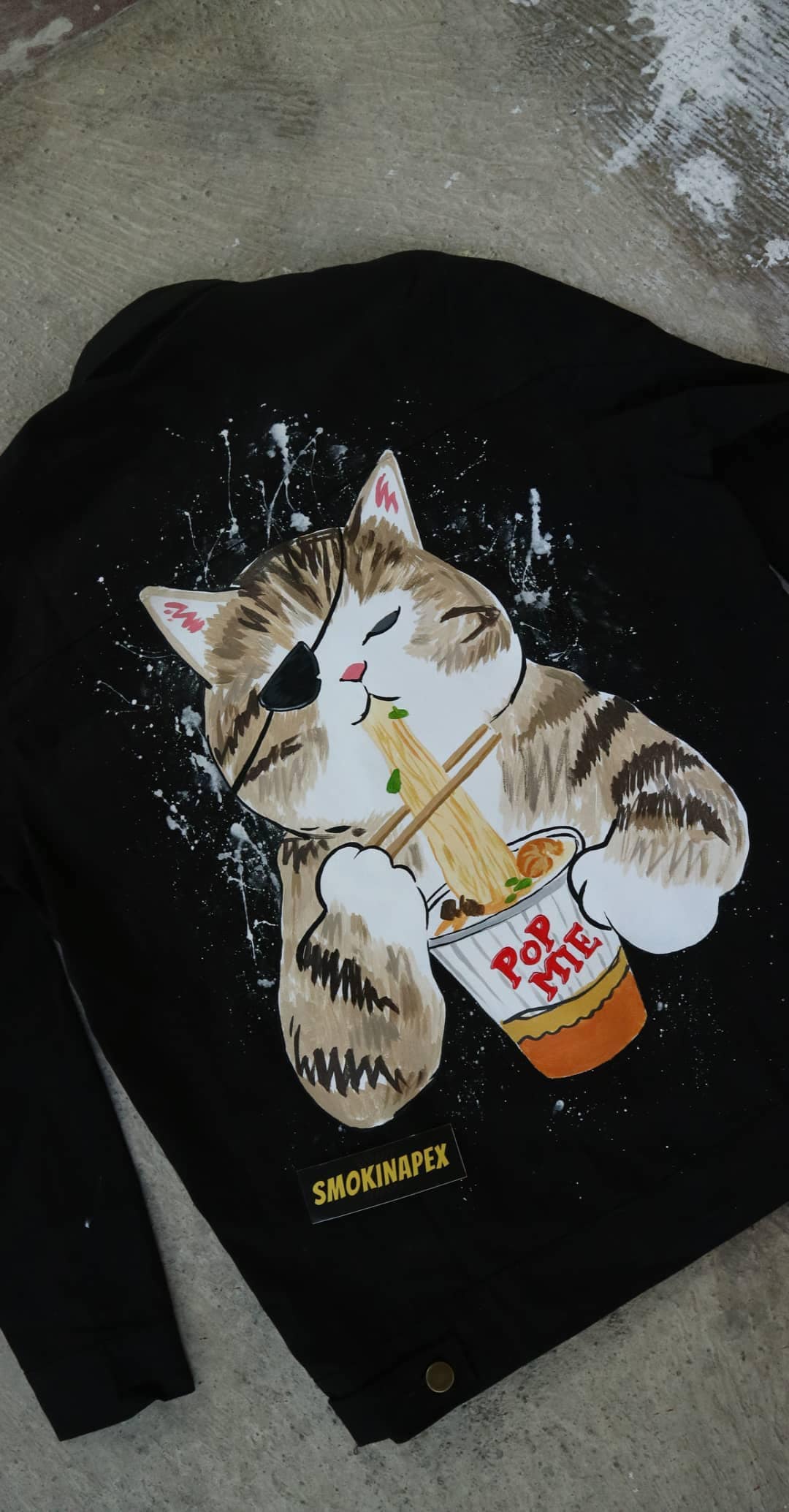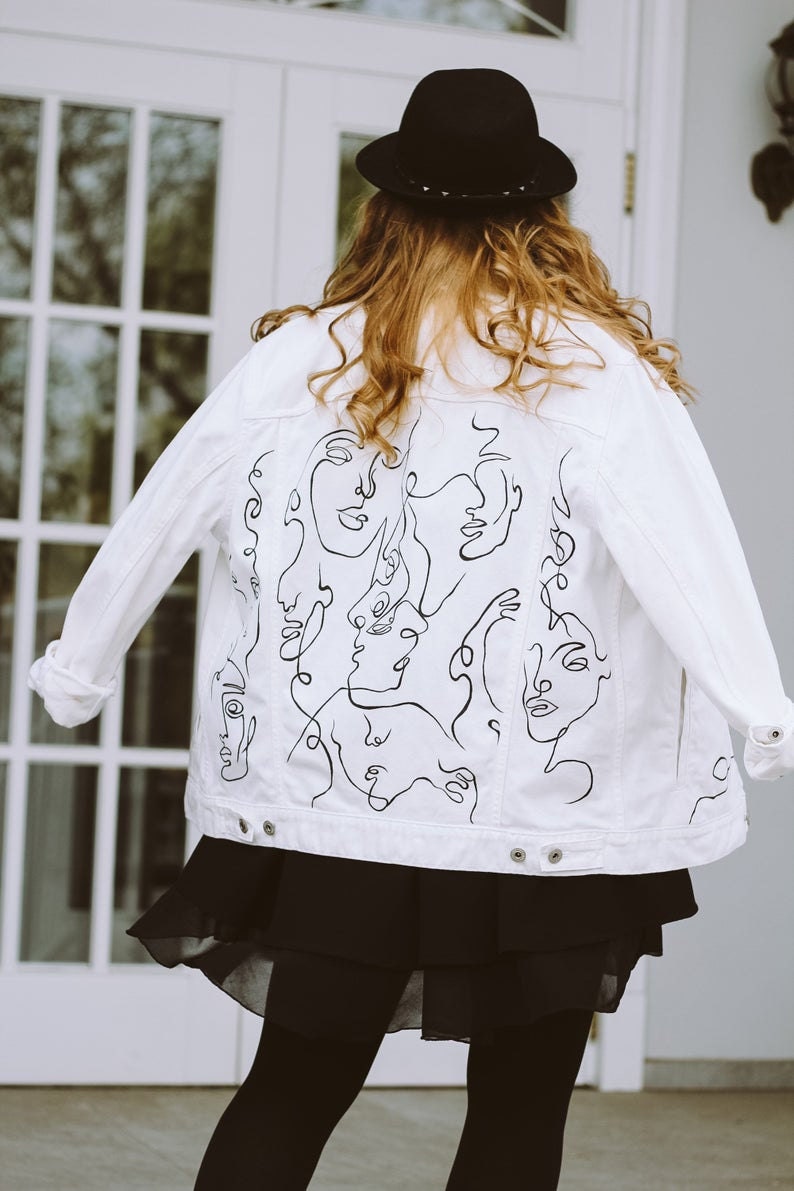Art and fashion have always been intertwined, with many fashion designers drawing inspiration from art movements and artists. However, wearable art takes this relationship to the next level by creating unique, one-of-a-kind pieces that blur the lines between fashion and art. Wearable art has a rich history that dates back centuries, and has been embraced by artists and designers alike. In this article, we will take a closer look at the history of wearable art and its evolution into the contemporary fashion world.
Origins of Wearable Art
Art movements have had a significant impact on wearable art, influencing not only the designs but also the materials used to create them. Here are a few examples of art movements that have influenced wearable art:
- Art Nouveau: This movement, which began in the late 19th century, was characterized by flowing, organic lines and the use of natural forms and motifs. These elements were often incorporated into jewelry and clothing designs, creating a distinct style that emphasized the connection between art and nature.
- Surrealism: Surrealist artists were known for their dreamlike, often bizarre imagery, which challenged traditional notions of reality. This influence can be seen in wearable art that incorporates unexpected materials or designs that play with the viewer's perceptions.
- Pop Art: The Pop Art movement of the 1950s and 60s celebrated popular culture and consumerism, often incorporating images and materials from everyday life into art. This influence can be seen in wearable art that uses bright colors, bold patterns, and unconventional materials like plastic and vinyl.
- Abstract Expressionism: This movement, which emerged in the 1940s, emphasized the physical act of painting and the expressive power of color and form. Wearable art influenced by Abstract Expressionism often features bold, abstract designs and bright, vivid colors that evoke emotions and energy.
The 1960s and 1970s
Wearable art has become a form of self-expression for many artists, fashion designers, and individuals. During the 1960s and 1970s, wearable art became a significant movement in fashion and art, allowing individuals to express themselves in a more unconventional way.
- Yoko Ono, a Japanese artist, was one of the pioneers of the wearable art movement, creating avant-garde designs that blurred the line between fashion and art. Finnish textile company.
- Marimekko was another major contributor to the wearable art movement, creating bold and colorful prints that were incorporated into dresses, tops, and other clothing items.
- Thea Porter, a British fashion designer, is also recognized for her contributions to wearable art, creating flowing, bohemian-inspired garments that often featured intricate embroidery and beading. These artists and designers paved the way for wearable art to become a recognized form of self-expression and art in the fashion industry.

Wearable Art in the 1980s and 1990s
Postmodernism and deconstructionism were two significant art movements that influenced the evolution of wearable art. Postmodernism challenged the conventions of modernism and celebrated diversity, contradiction, and ambiguity. This ethos was reflected in fashion, where designers experimented with unconventional materials, techniques, and forms, blurring the boundaries between art and fashion. Deconstructionism, on the other hand, was a philosophy that rejected the notion of a fixed meaning in art and emphasized the importance of context and interpretation. Fashion designers applied this philosophy to clothing, dismantling and reassembling garments to create new meanings and forms.
The rise of avant-garde fashion designers in the 1980s and 1990s was a significant development in wearable art. Designers like Rei Kawakubo, Issey Miyake, and Vivienne Westwood challenged the norms of fashion by experimenting with unconventional materials, structures, and forms. They drew inspiration from a wide range of sources, including art, music, and subcultures, and created clothing that challenged the status quo and encouraged individuality and self-expression. These designers helped to redefine fashion as an art form and paved the way for the emergence of wearable art as a distinct genre.Regenerate response

Contemporary Wearable Art
Contemporary wearable art is a fascinating and rapidly evolving field that blurs the line between fashion and fine art. With advancements in technology and an increasing focus on sustainability, artists and designers are using unconventional materials and techniques to create unique and thought-provoking pieces. Wearable art can take many forms, from avant-garde runway designs to streetwear, jewelry, and accessories. It challenges traditional notions of clothing and allows for a more personal and expressive approach to fashion. The field is constantly pushing boundaries and inspiring new generations of designers and artists to experiment with the concept of wearable art.
The history of wearable art is rich and varied, with roots dating back to the early 20th century. From the Art Nouveau and Surrealist movements to Pop Art and Abstract Expressionism, the art world has had a significant influence on wearable art. Wearable art has also been used as a form of self-expression, with artists such as Yoko Ono, Marimekko, and Thea Porter making significant contributions to the field. The influence of postmodernism and deconstructionism can also be seen in wearable art, with avant-garde fashion designers like Rei Kawakubo, Issey Miyake, and Vivienne Westwood pushing the boundaries of traditional fashion. Today, wearable art continues to evolve and thrive as contemporary artists and designers experiment with new materials and techniques, creating innovative and thought-provoking pieces that challenge our perceptions of what fashion can be.
